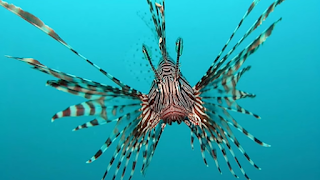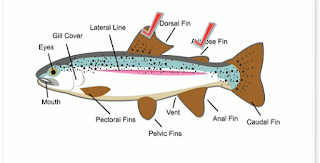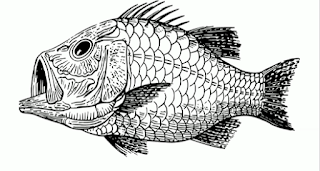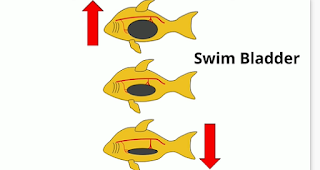Fish come in an amazing variety.
There are roughly 34,000 species of fish which is more than the combined total of mammals,reptiles, and birds.
Let’s take a look at some common characteristics of fish.
Fish are vertebrates which means they have a backbone, which is a group of vertebrae separated by mobile joints.
Fish have fins that are used for balance and to help propel and steer through the water. Most fish have 2 types of fins: single fins that are found along the centerline of the fish, and paired fins.
All fish are cold-blooded, which is also called ectothermic. This means that fish are unable to regulate their body temperature, relying solely on the outside environment for temperature regulation.
On the outside of the skin, most fish have scales. These overlap in rows and help protect the fish against injuries and infection.
To breathe underwater, fish have developed special organs called gills. The gills, found on the side of the fish just behind the head, contain thousands of capillaries, or tiny blood vessels. Water is constantly pumped over the gills, which filter the oxygen out of the water and directly into the fish’s blood.
Fish have a unique internal organ known as the swim bladder or air bladder. It is usually found in the abdomen, and it helps fish move up or down in the water.
Another shared characteristic of fish is that they live in water. However, there are some fish that can spend significant amounts of time out of the water. Mudskippers, for instance eat and interact with each other on land.









0 comments:
Post a Comment